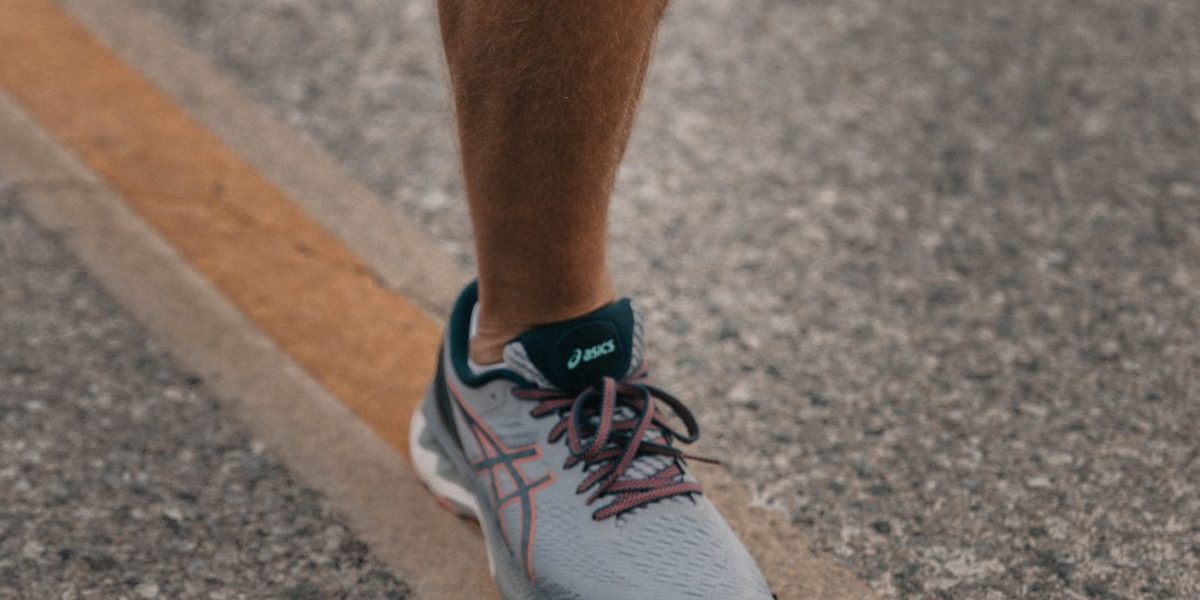Stress fractures are small cracks in the bone produced by repetitive stress. The most common locations include the tibia, fibula, and navicular bone. An article by Crowell and Davis on gait analysis stated the occurrence of bone stress injuries in track and field athletes (male and female) to be as high as 21%. Furthermore, approximately 50% of female track and field athletes have had at least one stress fracture. Bone stress injuries can have a devastating effect on the athlete, their team, and the willingness of these runners to continue to compete. The only treatment for stress fractures is to completely stop running for an average of 6-8 weeks. Runners have no clear and confirmed guidance on injury prevention or appropriate volume of training.
Most studies of stress fractures in women have been looked at from a purely biological standpoint. As seen in an article by Hames and Feingold, the female athlete triad is often considered the main reason for the large number stress fractures in female distance runners. The female athlete triad is the connection between energy deficit (due to excessive exercise or under nutrition) and irregular hormone levels which cause a decrease in bone mineral density. However, despite normal bone density and hormone levels, many competitive runners continue to suffer from season or career-ending stress fractures.
Taking a more mechanical rather than biological approach, the source of stress fractures can be explained in the same way as any other material fatigue. A fatigue fracture is caused by a repetitive cyclic stress. For example, consider a paper clip. When a paper clip is bent just once, it does not break. After bending it several times, the paper clip will eventually fracture. This same concept can be applied to bones with forces caused by running. There are two main differences. First, while a paper clip will break through an abundance of minimal stresses over an extended period of time, the bone works to regenerate, with the help of osteoblasts, to compensate for added stress. However, the body’s work to restore the bone is unsuccessful if there is not enough time for repair. Secondly, unlike a paperclip, muscles surround the bone that work to absorb the impact stress. At a given force, the muscles are unable to adequately protect the bone. With a high force frequency and magnitude, a bone stress injury occurs.
While the reason behind stress fractures is known, the mystery of how to reduce the risk remains. For many competitive runners, dramatically increasing recovery time or reducing mileage is not an option. There are several different factors than might play a distinct role in the solution, including footwear, running form, and running surfaces.
For more information, visit the following articles:
“Preventing Stress Fractures“,
“Risk Factors for Recurrent Stress Fractures in Athletes“,
“Biomechanical Factors Associated with Tibial Stress Fracture in Female Runners.”
Featured image licensed under Unsplash License


